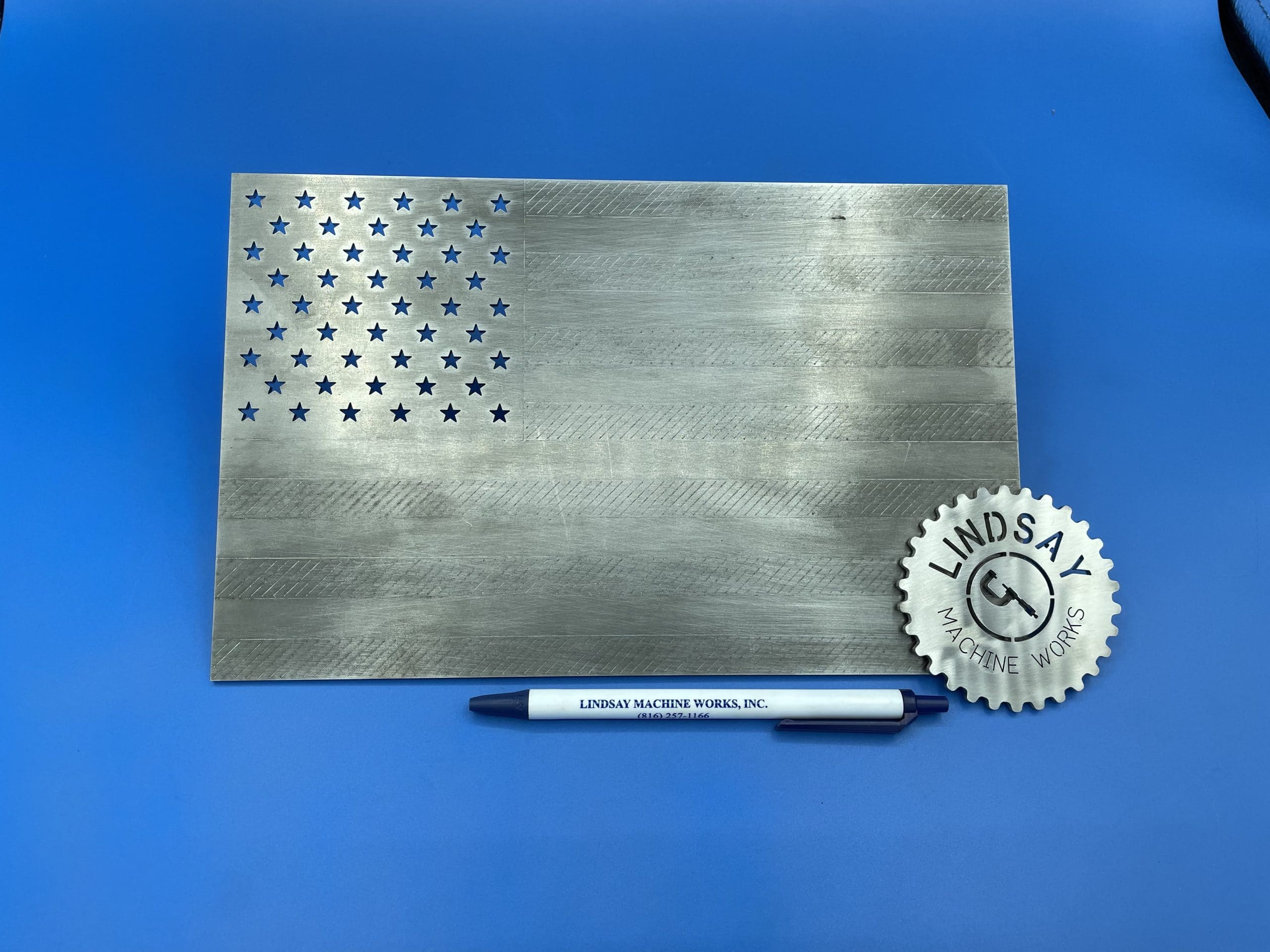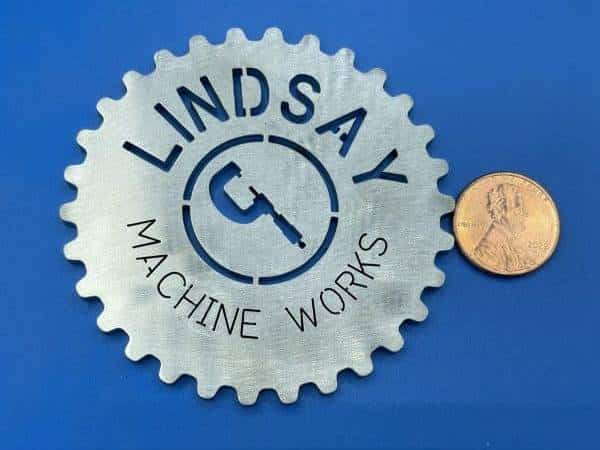Fiber Laser Cutting Service in Kansas City
Professional Fiber Laser Cutting Services for Precision and Quality
At Lindsay Machine Works, we specialize in fiber laser cutting services for customers across Kansas City and beyond. Our advanced fiber laser cutting machines deliver precision cutting for a wide range of sheet metal, steel, aluminum, copper, and plastic materials. Whether you need metal laser cutting services, custom parts, or sheet metal fabrication, our cutting service ensures high precision, fast lead times, and cost-effective solutions.



Advantages of Fiber Laser Cutting
Our fiber laser cutting service provides numerous benefits over conventional methods like plasma cutting or water jet cutting.
- Precision Cutting: Our laser beam technology achieves exceptional dimensional accuracy and smooth cut edges, ideal for complex designs and tight tolerances.
- Versatility: From stainless steel to carbon fiber, copper, and aluminum, our laser cutters handle many different types of materials and thicknesses.
- Speed & Efficiency: Fiber lasers operate at high speed, reducing production times and offering a standard lead time that meets your project demands.
- Cost-Effective: With no tooling requirements, fiber laser cutting minimizes setup time and delivers cost-effective, high-quality final products.
- Scalability: We handle low quantity orders and large volumes—from prototypes to full production runs.
Our metal laser cutting services are trusted by various industries, including automotive, electronics, and manufacturing, due to our accuracy, reliability, and quality.
How Fiber Laser Cutting Works
A fiber laser uses a focused laser beam to cut through materials like sheet metal or plastic. The laser beam is guided through an optical fiber, generating intense heat that melts and vaporizes the metal parts with extreme precision.
This advanced process enables us to cut metals of varying metal thickness, from thin sheet metal parts to thicker materials, while maintaining tight tolerances and smooth edges. The result is high precision, durability, and superior cut quality.
Our laser cutting services combine CNC machining technology with fiber laser accuracy to deliver custom laser cutting solutions that meet your exact specifications.
Materials We Cut and Engrave
Our fiber laser cutting machines can process a wide range of metals and materials, including:
- Stainless Steel
- Carbon Steel
- Aluminum
- Copper
- Brass
- Titanium
- Nickel Alloys
- Tool Steel
- Galvanized Steel
We also offer engraving services for plastic, rubber, and wood—perfect for custom parts, branding, or identification purposes.
Whether you’re creating laser-cut parts for manufacturing, prototyping, or industrial applications, our laser cutting services ensure accuracy, speed, and quality every time.
Why Choose Lindsay Machine Works for Fiber Laser Cutting
- Instant Quotes & Quick Turnarounds
- Advanced Equipment for high-speed cutting and complex designs
- Finishing Services such as color UV printing, bending, and assembly
- Online Ordering and instant pricing for convenience
- Ship Internationally for global customers
Our online platform allows you to upload design files, get instant quotes, and order custom laser cutting services at great prices. We are dedicated to providing cost-effective, high-quality, and reliable results for all cutting materials.
Request a Quote
Experience precision, speed, and quality with our fiber laser cutting services. Contact Lindsay Machine Works today to discuss your project or get an instant quote for your laser-cut parts.

